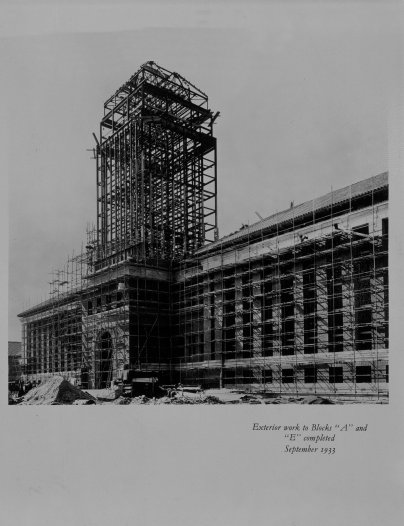 After my last post — I wrote a critical review of a book and the review was subsequently discovered by the book’s author — I decided to review a work by an author who’s dead, just to be on the safe side.
After my last post — I wrote a critical review of a book and the review was subsequently discovered by the book’s author — I decided to review a work by an author who’s dead, just to be on the safe side.
In January 1964, Walter Hooper, former secretary to C.S.Lewis, arrived at the home of the recently deceased Lewis to find a bonfire in its third day. C.S.’s older brother W.H. was burning the writer's papers. Horrified by the prospect of gems of the English language lost forever, Hooper persuaded the elder Lewis to let him take those papers that had not yet gone up in smoke. “There were so many,” Hooper writes, “that it took all my strength and energy to carry them back to Keble College.”
“That evening,” Hooper continues, “while glancing through them, I came across a manuscript which excited me very much. Yellow with age, but still perfectly legible, it opened with the words: ‘“Of course,” said Orfieu, “the sort of time-travelling you read about in books — time-travelling in the body — is absolutely impossible.”’”
The lines quoted by Hooper were the beginning of an unfinished story, The Dark Tower, not to be confused with the series of Stephen King books with the same name. The Cambridge scientist Orfieu goes on to explain another type of time “travel” that would be possible — viewing distant times through a device in much the way we view distant places through a telescope. The time device would, by analogy, be called a chronoscope. Orfieu and his assistant Scudamor had built such a device, and proceeded to demonstrate it for their fellow scholars. But as night after night in the lab unfolded, it became clear that the world on the other end of the chronoscope didn’t correspond to any past or future they could identify; it was a sinister world symbolized by an idol with myriad bodies but a single head. Yet that world had some disturbing resemblances to their own: the dark tower where the action took place was a dead ringer for the Cambridge University Library. And one of the people working there was a dead ringer for Scudamor. When Scudamor’s fiancé also appears in Othertime, and finds herself in danger, Scudamor impetuously rushes the chronoscope, with disastrous consequences.
In some ways it’s unfair to critique The Dark Tower — there’s no way to know what problems C.S. Lewis would have fixed had he finished the story. Nevertheless, I will mention a couple things. First, there were too many characters; they had few distinguishing features, and I found it hard to tell them apart. Second, the explanations of Othertime were too involved (there were graphs). Of course, it was written in another time — an internal reference suggests 1938 — before Captain Kirk and Dr. Emmet Brown explained to us how parallel universes and alternate timelines worked. Indeed, The Dark Tower is the earliest example of a parallel universe story that I’m aware of — by which I mean a story that not only features a world in another dimension, but one where the people and places of our own dimension have counterparts. Perhaps the audiences of the ‘30s needed these explanations.
The Dark Tower is also the product of another time in that it was written in an age when harried writers did not rush to complete a TV episode every week, and overworked publishers didn't accept or reject a novel based on the first six words; at least that's how I imagine it. In any case, authors took their time to unfold their stories and craft their sentences. Personally I like that type of writing, so I enjoyed The Dark Tower very much. I was saddened when it ended abruptly after about 60 pages, with Scudamor trapped in Othertime, uncertain whether he’ll ever find his way home.
Happily, a friend of mine has undertaken to finish the story in the form of a radio play. More on that project as it unfolds.
Michael Isenberg is the author of Full Asylum, a novel about politics, freedom, and hospital gowns. Check it out on Amazon.com

Where'd the photo come from? With all the scaffolding, it totally reminds me of the tower in Othertime, which is under construction.
ReplyDeleteThe image came from the Cambridge University Library site ( http://www.lib.cam.ac.uk/Newsletters/nl22/ ), and yes, I did choose it because of the resemblance to the tower in Othertime.
ReplyDelete